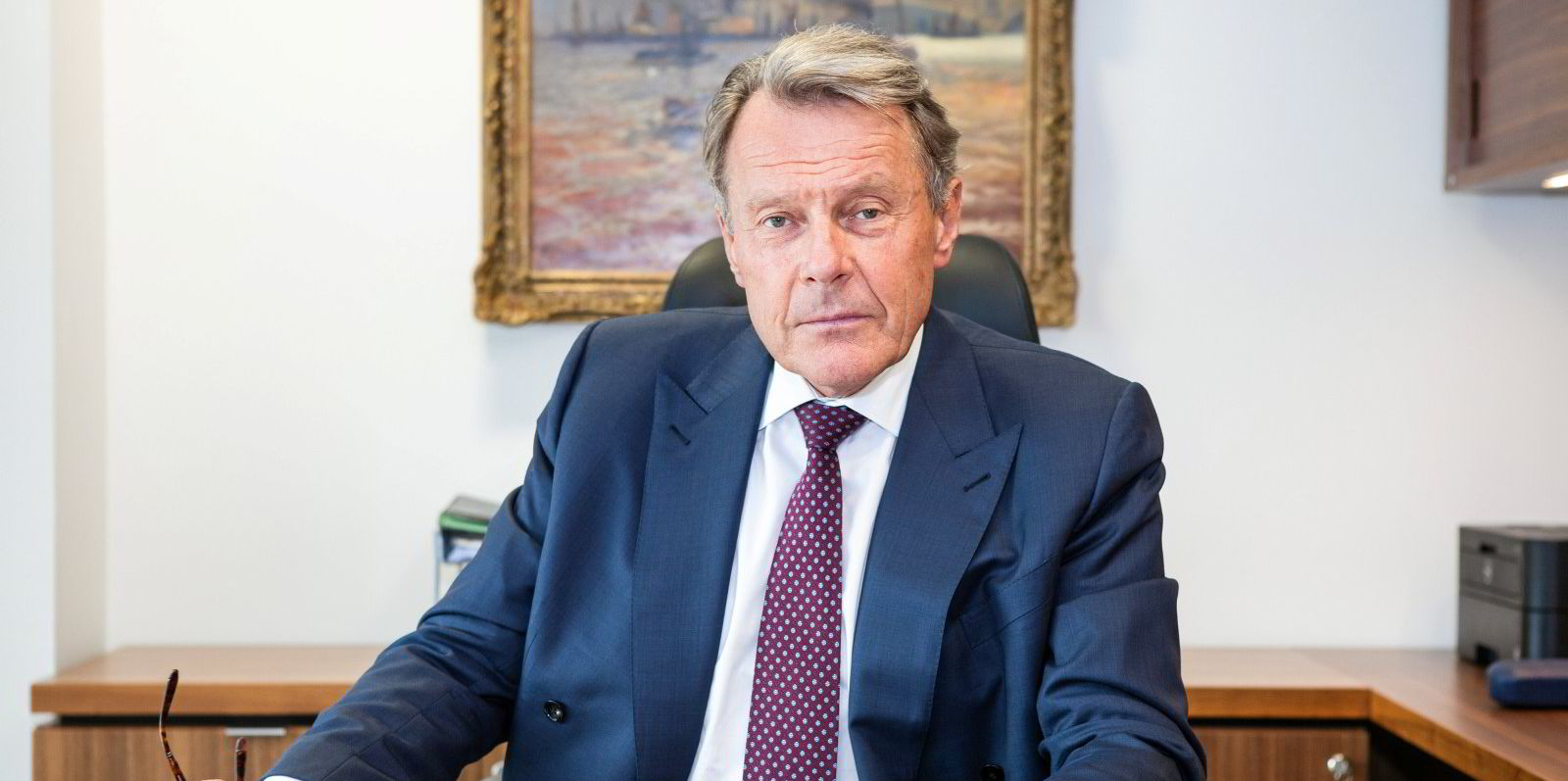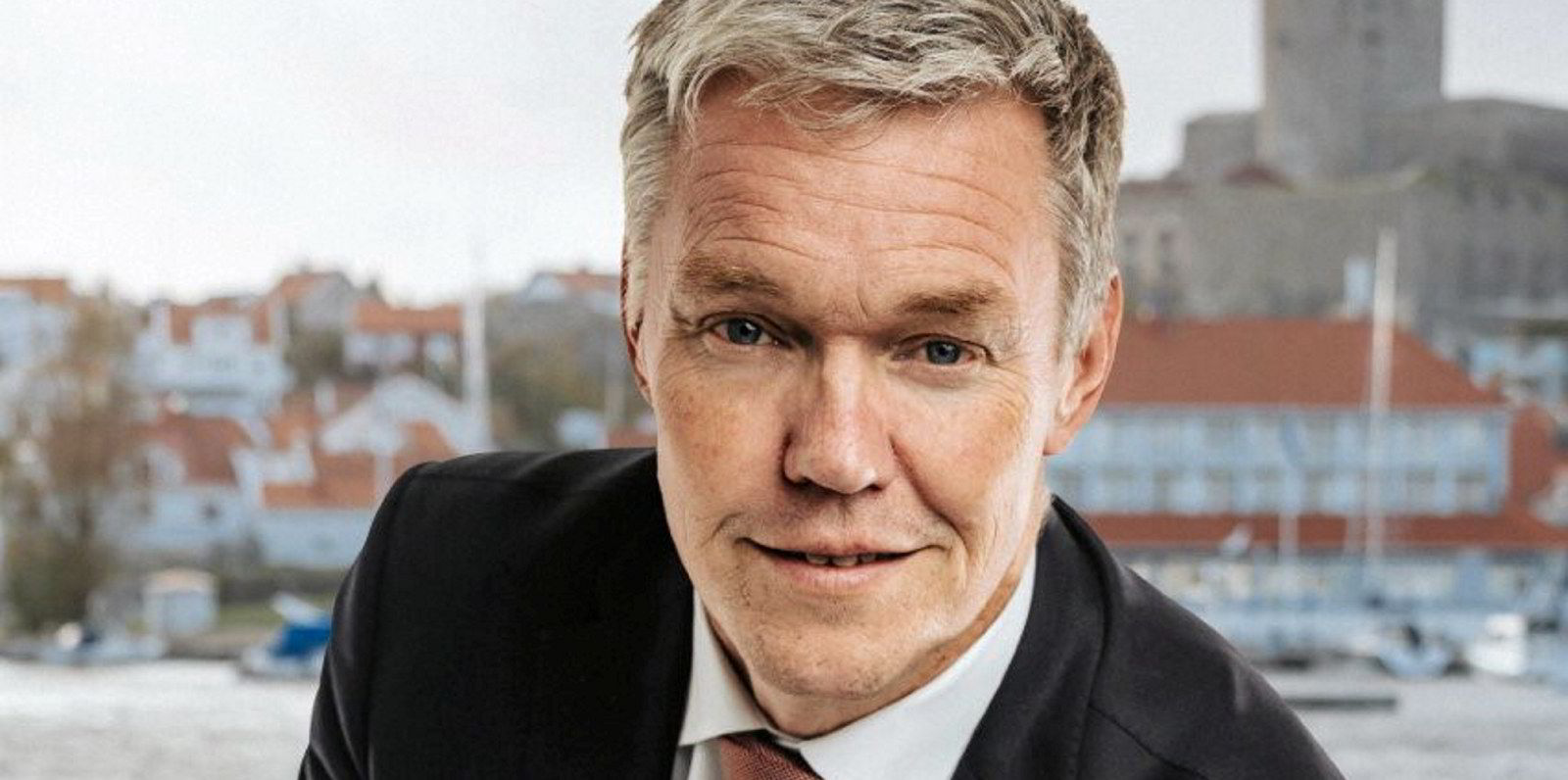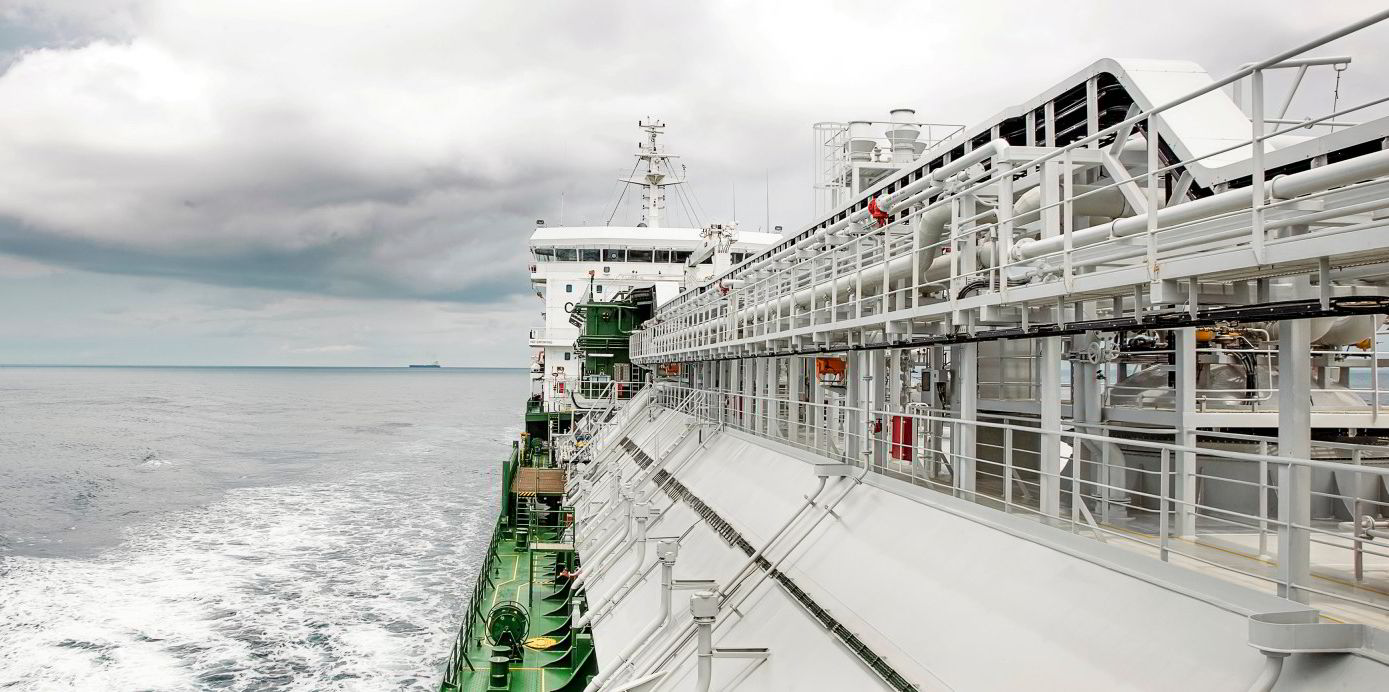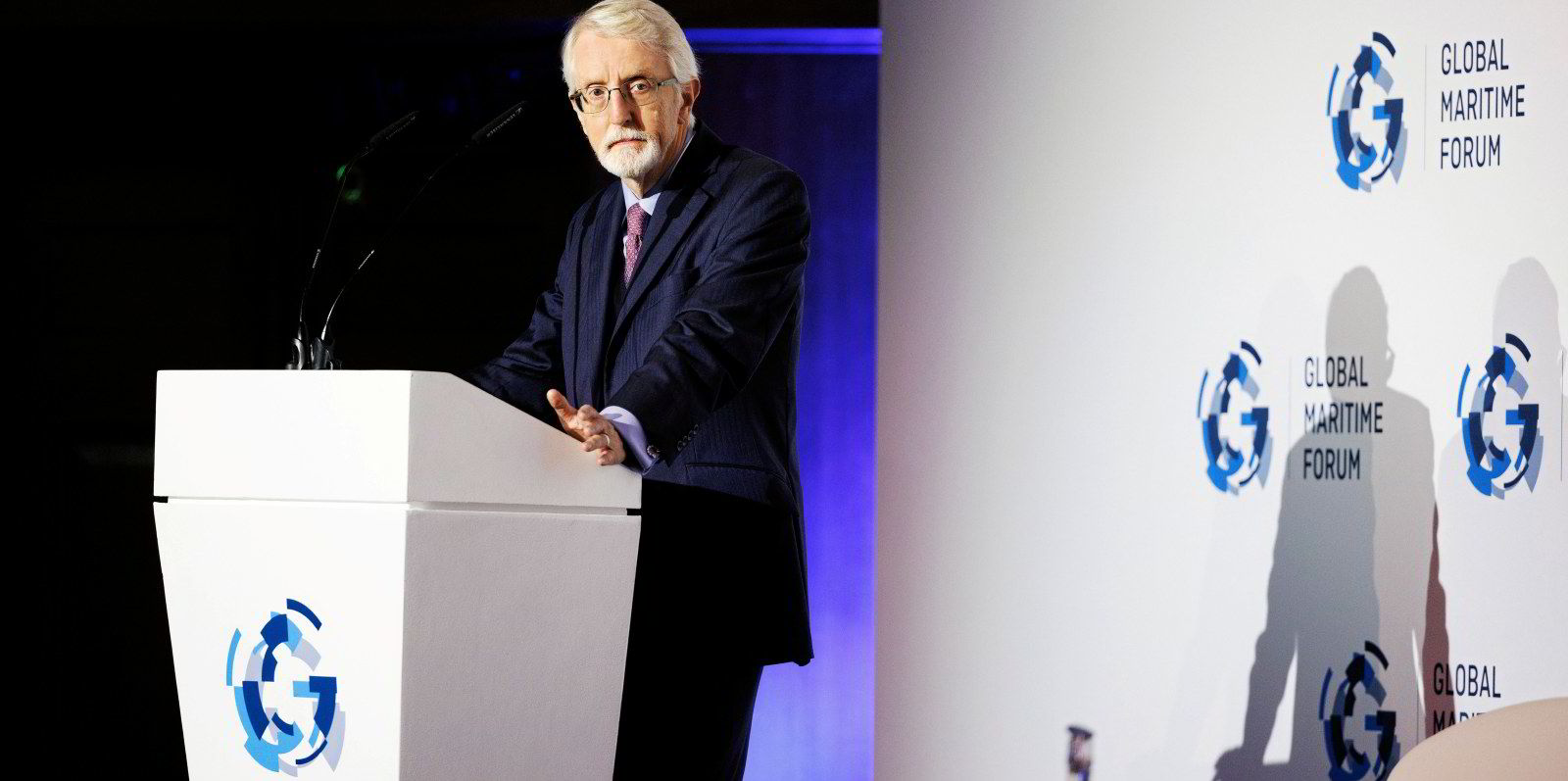Shuttle tanker partners NYK and the Knutsen Group believe new joint venture Knutsen NYK Carbon Carriers (KNCC) is an ambitious move that can extend the life of ageing ships for a rapidly expanding market that helps the world deal with its climate crisis.
The major Japanese shipping group and Norway's Knutsen, the largest shuttle tanker operator, will hold 50% stakes in KNCC, which has been set up to carry cargoes of liquefied CO2 out to emptying offshore oilfields where it can be pumped underground to prevent emission into the atmosphere.
Svein Steimler, president and chief executive of NYK Group Europe, who is now also chair of KNCC, told TradeWinds: "If we are to have any chance of reaching climate goals based on scientific proof that CO2 emissions are increasing the global temperature, there is one way of going about it: to collect the CO2.
"Governments are looking to store CO2 in dormant oilfields. And we have got the shuttle tankers with the dynamic positioning operation which will be required to put the CO2 back where it belongs."
European Union targets to cut emissions by 50% by 2030 mean reducing CO2 in the atmosphere by 750m tonnes per year.
Over the past 22 years, Knutsen has developed technology originally for pressurising natural gas that can be used to transport liquified CO2 at ambient temperatures, termed PCO2. Steimler said it is scalable and can be used to convert its shuttle tankers.
The market for carbon, capture and storage (CCS) has also developed over the last 20 years with the Norwegian, Danish and UK governments all considering projects for using ageing North Sea oilfields.
Mitsui OSK Lines, which has also been looking at the liquefied CO2 (LCO2) carrier market, estimates that 26 large-scale CCS or carbon capture and usage projects are planned to be operating in Europe by 2030 that are investigating or have identified shipping for transport. That suggests between nine and 21 ships could be needed, MOL estimates.
"The demand for liquefied CO2 carriers is expected to grow rapidly going forward," said the KNCC partners, which have jointly owned KNOT Offshore Tankers since 2010.
KNOT has 11 shuttle tankers, including two floating storage and offloading units in operation and three vessels under construction, with an average of 12 years.
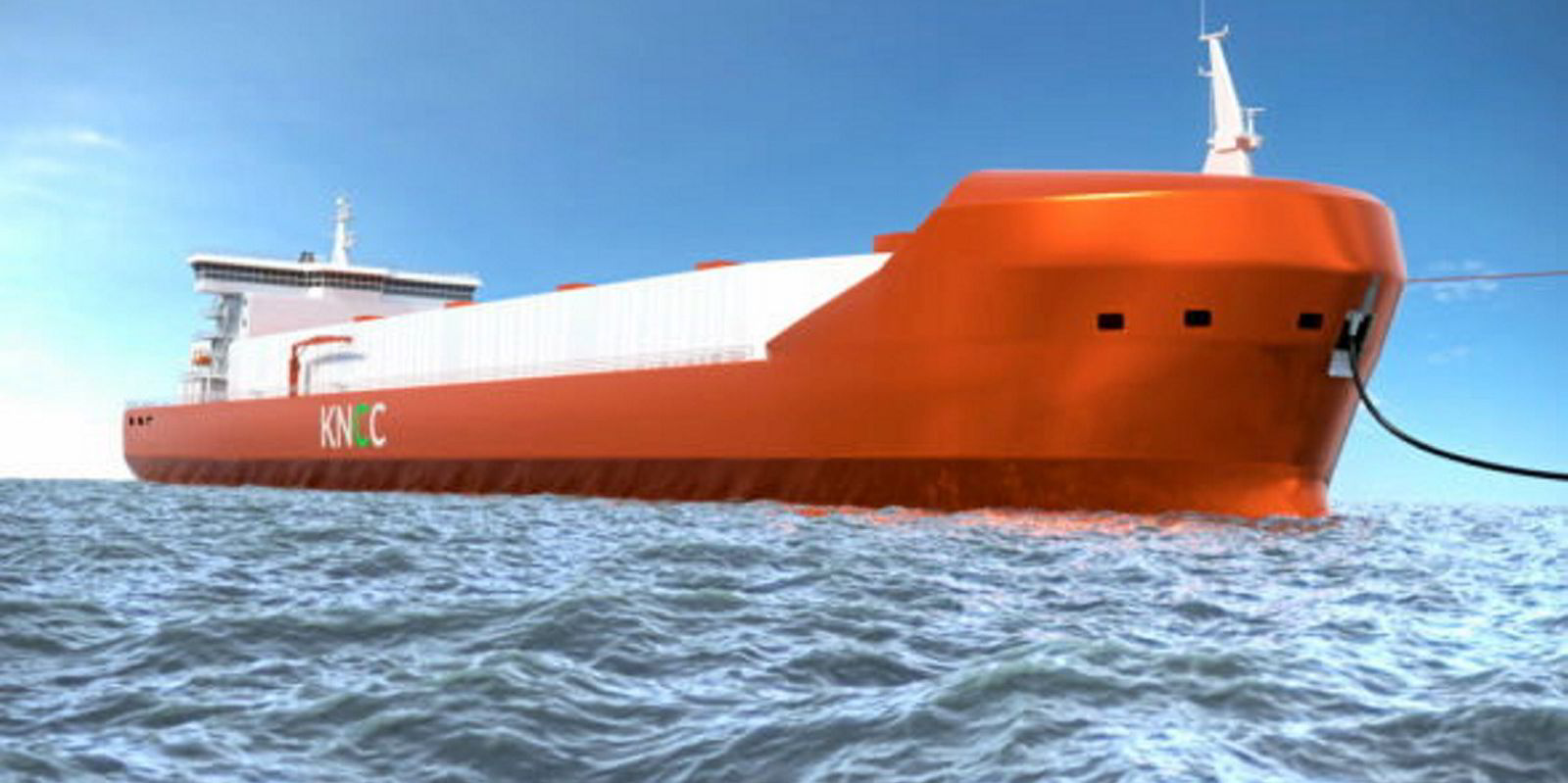
Steimler said: "We can use these vessels, extend their lifetimes [beyond oil company age limits], rebuild their engines to burn methanol or convert them to LNG so they are clean collectors of CO2. The cost of this will clearly be less than a newbuilding."
However, it does not mean KNCC would not build new LCO2 carriers – as it would find the right vessels for the right projects, he added. The company said its aim is to deploy large LCO2 carriers as well as small and medium-sized ships.
No specific CCS projects have signed up yet, but Steimler said KNCC has held discussions with oil and carbon capture companies that have approached it. "There is a lot of interest," he added.
LCO2 carriers are not a new idea — ships are used to supply the drinks industry. But carbon capture is taking designs larger with the focus on moving to vessels of 20,000-cbm or 40,000-cbm size ranges as project developers seek larger tanks for economies of scale.
Two newbuildings of about 7,500 cbm have been ordered at Dalian Shipbuilding Industry for Equinor, Shell and TotalEnergies joint venture's Northern Lights project. It aims to capture CO2 from industrial sources in the Oslo-fjord region, which will be shipped to an onshore terminal on the Norwegian west coast before being piped to a subsea storage site in the North Sea.
Last November, Evergas and Navigator Gas partnership Dan-Unity CO2 said it will approach shipyards for quotes on the 12,500-cbm and 22,000-cbm carriers it needs to ship CO2 to Iceland.
MOL has, with partner Mitsubishi Shipbuilding, developed a concept design for a vessel with a total cargo capacity up to about 50,000 cbm, and Belgian shipowner Exmar is working with tank systems company Lattice Technology on a 40,500-cbm ship.
Steimler is convinced the LCO2 carrier market is on the verge of coming of age.
The range of alternative technologies that must be developed to decarbonise the world will take many years — just look at how long it has taken to build a global LNG supply infrastructure, he said.
"Carbon capture is a quick solution that we need to look at very seriously while we wait for new technologies," Steimler said. "There is huge potential for us in the shipping industry."
